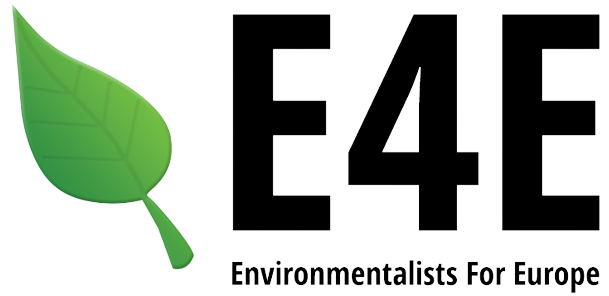What is cognitive restructuring Meichenbaum?
What is cognitive restructuring Meichenbaum?
Donald Meichenbaum is a psychologist noted for his contributions to cognitive behavioral therapy (CBT). 1 He developed a therapeutic technique called cognitive behavior modification (CBM), which focuses on identifying dysfunctional self-talk in order to change unwanted behaviors. In other words, Dr.
What is cognitive restructuring theory?
Cognitive restructuring is a group of therapeutic techniques that help people notice and change their negative thinking patterns. When thought patterns become destructive and self-defeating, it’s a good idea to explore ways to interrupt and redirect them. That’s what cognitive restructuring can do.
What is Meichenbaum’s theory?
Meichenbaum therapeutic method is designed for clean worries and thoughts and behaviors which are not related to the duties of students which have test anxiety. This treatment is focused on omission of negative self declaration in changing it to positive self declaration.
What are the Abcdes of cognitive restructuring used to do?
The ABCDE coaching model is a behavioral therapy model. It has five stages: Activating event or situation, Beliefs, Consequences, Disputation of the beliefs and Effective new approach to dealing with the problem.
What is cognitive restructuring example?
After taking a few minutes to reframe the situation, Michael no longer feels angry. He calls Jan to apologize for his behavior, and then uses her suggestions to improve his report. In this situation, Michael used cognitive restructuring to overcome negative, reactive thinking.
What is the Meichenbaum model of self regulated learning?
Meichenbaum proposed steps for self-regulated learning that represent a form of cognitive behavior modification. overt, external guidance. means of teaching students to think about their own thinking. It does not only improve performance on the task students were taught but also have generalized to other tasks.
How do you use Abcde model?
Master Thoughts & Emotions with the A-B-C-D-E Method
- “A” – Adversity or Activating Event. Consider the event that triggered the emotional response in you.
- “B” – Beliefs. We all tell ourselves stories about what events mean.
- “C” – Consequences.
- “D” – Disputing.
- “E” – Effects.
What are SRL strategies?
Self-regulated learning (SRL) is the process of setting learning goals, monitoring progress toward them, and applying appropriate study strategies. SRL characterizes successful, “expert” learners, and develops with time and practice.
What are the three phases of self-regulated learning?
Zimmerman suggested that self-regulated learning process has three stages: Forethought, learners’ preparing work before the performance on their studying; Volitional control, which is also called “performance control”, occurs in the learning process.
